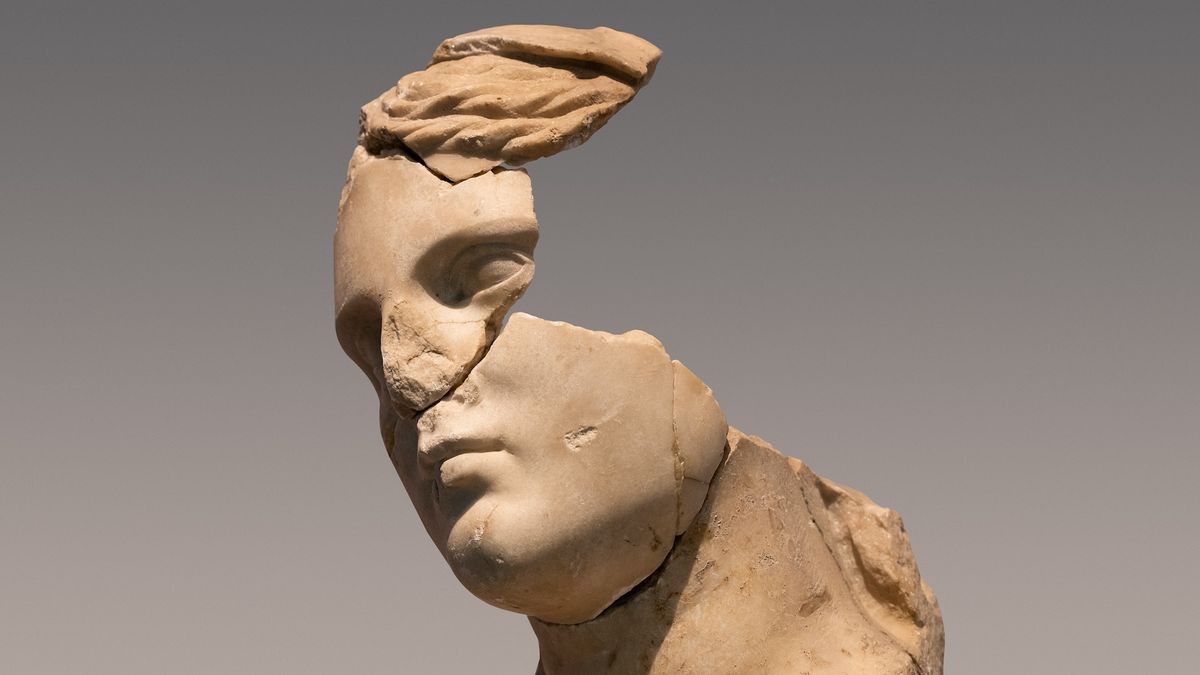You may have heard the myth that humans use only 10% of their brains. That statement is patently untrue — most people use all of their brains, all of the time. But for people who have survived a stroke, traumatic brain injuries or brain resectioning surgeries, things do get less clear. In fact, many of these cases suggest that a person actually doesn’t need 100% of their brain to live, or even to function normally.
So how much of your brain do you really need to survive?
Neuroscientists are still investigating this question, and there likely isn’t a black-and-white answer. How well a person fares after experiencing brain damage — or when they’re missing a part of their brain altogether — can depend on a multitude of factors, such as the region of the brain that was affected, how and why the brain region was affected, and how old they were when they experienced the brain damage. But just how much of your brain you can live without and function normally may surprise you.
Normal life with an abnormal brain
Take the case of EG, a woman who goes by her initials to protect her privacy. When EG went in for an unrelated medical scan, she discovered she was missing her entire left temporal lobe, a large section of the brain that is located near the ear and is responsible for auditory processing, memory and language. Doctors believe the abnormality stemmed from a cyst (a fluid-filled sac) that developed early in her childhood and caused brain damage.
Despite missing a large chunk of her brain, EG was living a totally regular life. While the left temporal lobe houses some of the brain’s crucial language centers, she could read normally, had a better-than-average vocabulary, and even spoke Russian as a second language.
Evelina Fedorenko, an associate professor of brain and cognitive sciences at MIT, found that EG’s brain had rewired itself to account for the missing region. Whereas language-related tasks would light up the left temporal lobe in people with typical brains, language-related neural activity had moved over to the right side of EG’s brain.
Related: Could we ever retrieve memories from a dead person’s brain?
Living with half a brain
The brain is so flexible that some people can even live without half of it. Dr. William Bingaman, a neurosurgeon at Cleveland Clinic, has performed over 500 hemispherectomies, surgeries where one side of the brain is disconnected in an operation. Hemispherectomies are generally performed for severe cases of epilepsy that don’t respond to other treatments.
In this procedure, surgeons disconnect the nerve fibers that connect one side of the brain to the other and to the rest of the body, which functionally stops that side of the brain from working. The disconnected hemisphere is left in place because removing it requires a riskier surgery with more potential complications.
The recovery process for these surgeries can be intense, but many patients go on to regain function. One of Bingaman’s patients, Mora Leeb, had 50 seizures a day as an infant. She quickly became a candidate for hemispherectomy, and after undergoing the surgery at 9 months old, she reverted back to the skills of a newborn.
Mora had to relearn how to smile and roll over, and progress from there was slow. But with the help of therapists, she was able to develop her speech and motor skills. Now a teenager, Mora still speaks and processes language slowly, but it’s clear that the remaining half of her brain has taken on the functions of the missing side.
Bingaman said although the surgery is straightforward, doctors still don’t understand exactly how their patients recover so well.
“I’ve had hemispherectomy patients go to college, get married, have children, have a family, and be cognitively completely normal with one side of the brain,” Bingaman said. “How that happens? We don’t understand it.”
The brain parts you can’t live without
There are parts of the brain Bingaman won’t touch, though. For example, he doesn’t disconnect the brain stem, the thalamus or the basal ganglia. These are structures deep inside the brain that are responsible for the basic functions of breathing and heart rate, sensory processing, and motor control, respectively.
These structures are essential for survival.
“Brain stem strokes will kill people most of the time,” Fedorenko said. Strokes or injuries that people do recover from tend to occur in the outer layer of the brain, called the cortex. The age of the person when they experience brain damage can also play a big role in the degree of their recovery.
“In general, the earlier you have brain damage, the better off you are,” she said. Hemispherectomies have better outcomes in children under 2 years of age, for example. One exception to that rule is damage to the cerebellum, a region of the brain that’s essential for movement, balance and coordination. Cerebellar damage in children tends to lead to more severe issues, she said, because it grows rapidly during childhood and plays a key role in many stages of development.
Even still, there have been a few documented cases of people missing their cerebellum. One woman made it into her 20s before learning she had been born without a cerebellum, though she did have problems with both speech and movement. It’s actually possible that more people have atypical brains than scientists realize; many brain abnormalities are caught only during unrelated imaging tests.
With all of these cases in mind, Fedorenko said it’s time to widen the “error bars” when it comes to thinking about how well a person can function with an atypical brain.
“There’s a lot of knowledge we’re lacking still about brains that look very different from a typical brain but can sustain human cognition just fine,” Fedorenko said.
Brain quiz: Test your knowledge of the most complex organ in the body
